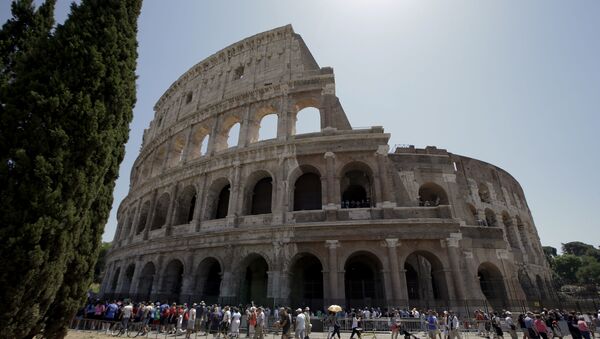The explanation lies in the unusual "chemistry" of its two main components — volcanic ash and sea water, an article published in the American Mineralogist journal says.
"The Pozzolanic reaction of volcanic ash with hydrated lime is thought to have dominated the cementing fabric and durability of 2,000-year-old Roman harbor concrete," the study says.
Author of the publication Marie D. Jackson and her team found out that the main explanation of this phenomenon lies in a special type of concrete called "opus caementicium," which was used during the construction of many buildings of that time.
In contrast to the modern concrete, which is made up of cement and crushed stone, its Roman ancestor is noticeably stronger. It did not fall apart, but on the contrary only grew stronger after contact with water, a phenomenon that remained a mystery to scientists for a long time. However, Jackson and other scientists found an extremely unusual component inside the concrete, namely Tobermorite group minerals.
According to the research team, the minerals formed inside the concrete as a result of the penetration of sea water and its interaction with an alkaline environment. The growing crystals of the tobermorite then interlocked with each other, which made the concrete stronger and prevented it from falling apart under the influence of chemically aggressive sea water.
This process, as scientists noted, can last several thousand years, during which the concrete not only does not collapse, but becomes increasingly stronger.
Now Jackson and several other geologists are trying to recreate the "formula" for the ancient Roman concrete, mixing different types of volcanic ash with sea water.





